Walk in the steps of Prehistoric men, Romans and Greeks
Wherever you might find yourself in Croatia, you are likely to stumble upon fragments of history: Zagorje and Slavonija are full of burgs, forts, castles, but also prehistoric archaeological sites, while Dalmatia and Istria are brimming with traces of antiquity, Byzantium, medieval times and the Renaissance carved into stone. Tribes, nations and rulers have succeeded each other with a higher frequency than anywhere else, as can be seen in the recent turbulent history of the region.
Krapina Neanderthal
Although Krapina is not the only place in Croatia populated by people since prehistoric times – take, for example, the Vučedol and Vinodol cultures – it is certainly the oldest such site. Prehistoric men lived on Hušnjakovo Hill no less than 100,000 years ago, and if you go there today you can find the modernly designed Krapina Neanderthal Museum. Dragutin Gorjanović-Kramberger, the paleontologist who discovered the Krapina Neanderthal in 1899, was also the first to use X-rays to study fossil remains of bones.
Roman Jadera
About 150 BC, the descendants of the Jadasini and ancient Greeks in central Dalmatia were conquered by the Romans, who began systematically settling the colony known as Colonia Julia Jader, which was supposedly founded by no other than Julius Caesar himself in 48 BC. The Romans used their urban planning to organize Jadera: they divided the city neighborhoods with a regular orthogonal grid, they built a forum, a capitol with a temple, and an emporium facing the sea. Walking from the Church of St. Donatus to the Sea Organ on the waterfront, it is impossible to overlook the traces of Romans in modern-day Zadar. Historians assume that there used to be an amphitheater on the same spot, but there is not much left of it today.
Pula Arena
Pula Arena, which has for decades hosted the most significant film festival in the territory of ex-Yugoslavia and today Croatia, is the most famous and important antique monument in Croatia, and it is the only well-preserved amphitheater outside of Rome. It is the sixth such structure in the world in size (it was once able to accommodate 23,000 visitors), and it was built in the 1st century BC for the purpose of observing combats between men and animals. In the famed city at the very tip of Istria you will also find two city gates and a triumphal arch, a forum with two temples, the ruins of two theaters, and a number of floor mosaics, sculptures, and ruins of different Roman structures.
Salona
The ruins located west of the charming medieval town of Solin once formed a part of the capital city of the Roman province of Dalmatia. Due to its geographical position, Salona became an important center already by the middle of the 1st century BC, when it was granted the status of a Roman colony Colonia Martia Ivlia Salona after the civil war between Julius Caesar and Pompeius. The trapeze shape delimited by fortifications and towers can still be observed from the ruins and enormous blocks of stone that remain there to this day. The local amphitheater could take in 19,000 people, and the theater built at the end of the 1st century must have been very popular, as it was included in the portrayal of Salona that can be found on Trajan's Column in Rome. The most famous fragment that has survived Salona – the marble sculpture of the Salona Girl from the beginning of the 2nd century – can be seen at the Archaeological Museum in Zagreb.
Kairos in Trogir
The fleeting nature of time is a concept the modern man is very well acquainted with, but it was also familiar to the ancient Greeks, who even had a special word for this swift passage of time: kairos. It is precisely that elusiveness of the right moment which one needs to recognize and seize that is personified in the figure of the male nude in the Greek base-relief from the beginning of the 3rd century BC. The relief can be found at the Benedictine Convent of St Nicholas in Trogir.
Glagolitic Alley
In Istria it is hard to make a step without stumbling upon some kind of archaeological remains. The locals not only capitalize on this, but they respect it as well, which is why the secret of the popularity of the mystical Istrian peninsula lies precisely in the love that the people of Istria feel for its treasures. And they know how to present it as well; that is why they have installed eleven monuments in honor of the oldest Slavic alphabet - the glagolitic alphabet - on the seven-kilometer-long road that leads from the village of Roč to Hum. They named it Glagolitic Alley.
Romans in Narona
In the Dalmatian hinterland, on the location of the present-day village of Vid near Metković, there used to be a Roman settlement connected to Salona and Epidaurum with traveling routes. Historians are fascinated by it because they cannot explain why this loyal Roman colony, which was for a time the center of the entire region, suddenly just went out. Narona is world-renowned due to the fragmented sculpture of the Empress Livia, whose head was returned to Croatia by Oxford in 2005 for an extended loan.
See also

Adventure to Remember
The diversity of Croatia has always delighted visitors and the same can be said of its tourist offers. Still, some of her jewels remain hidden even today, quite undeservedly so. Scattered all over the country, they are worth every minute and every effort spent in discovering them.
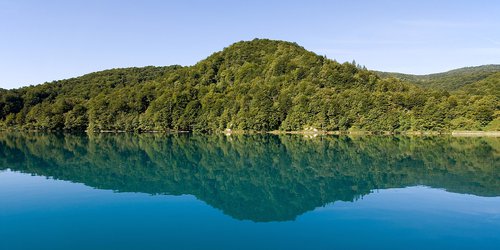
Green and Blue
One thing rarely crosses our minds when picking a vacation destination and yet we do think of it quite often while decorating our homes – the importance and influence of colors. Blue does not do for the living room or study, calming though it is, since it induces depression and exudes cold. On the other hand, green is the current queen of interior design: it relaxes the body, diminishes stress and improves vision. However important our living environment may be, the best way to get exposed to colors is in nature. Because nothing calms the soul like a body in movement surrounded by the beautiful shades nature creates
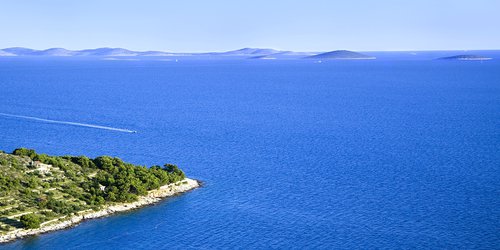
Islands and Half-islands
Every coast is charming in its own way, but once you experience the beautiful blue Adriatic, you will never want to leave! Small islands, interesting peninsulas, uninhabited isles and heart shaped islets, hidden coves and even more hidden vineyards in stunning bays will thrill you almost as much as the fantastic people who have chosen to build their lives in this at times cruel but always breathtaking beauty, far away from the mainland.
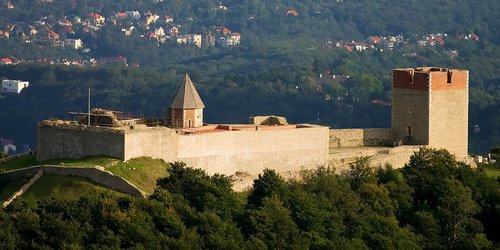
Knights and Legends
Croatia is most often referred to as the country with a thousand islands, but in this small country for a big vacation, there are over a thousand castles, palaces and forts as well. Some are home to museums, some to hotels, and in some people still live, be they in private hands or just happen to have towns grown around them.
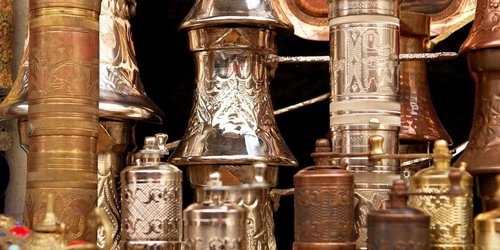
Neighboring Countries
Croatia is a small country extremely rich in history. Since the seventh century, when Croats are supposed to have arrived to this territory, countless armies have marched through it, antique empires built their strongholds in it, but we stubbornly kept claiming what we considered ours. The cultural diversity of all these centuries has become an integral part of our identity.
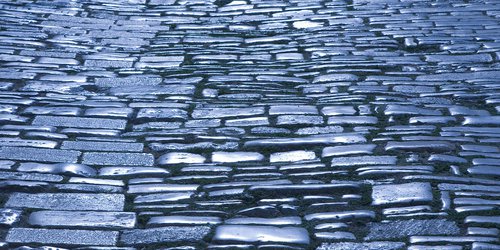
Small Towns
The "small country for a big vacation" is filled with picturesque and unusual little towns in which big things happen! Each one has its own story and personality that makes it worth taking the time to both find it and find out all about it.
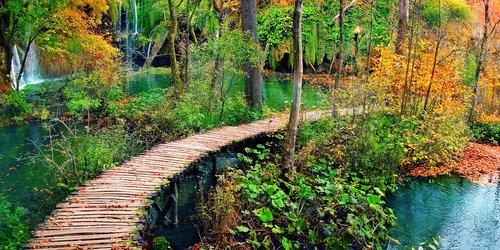
UNESCO Heritage
Every country has its charms, but some places are truly special; whether they are the result of natural processes, remains of ancient civilizations, or cities with ancient histories that still overflow with life. The United Nations Educational, Scientific and Cultural Organization, better known as UNESCO, has formed a World Heritage List of sites that serves to protect these magnificent localities, whether they belong to natural or cultural heritage, or sometimes both. In Croatia, seven sites have been inscribed on the List in the last 36 years, while 15 more have been nominated.

When in Croatia, Go Local!
When in Rome, do as the Romans do, goes the ancient proverb. It is the best advice any traveler ever got. Go local and do everything locals do in order to live the country you are visiting!